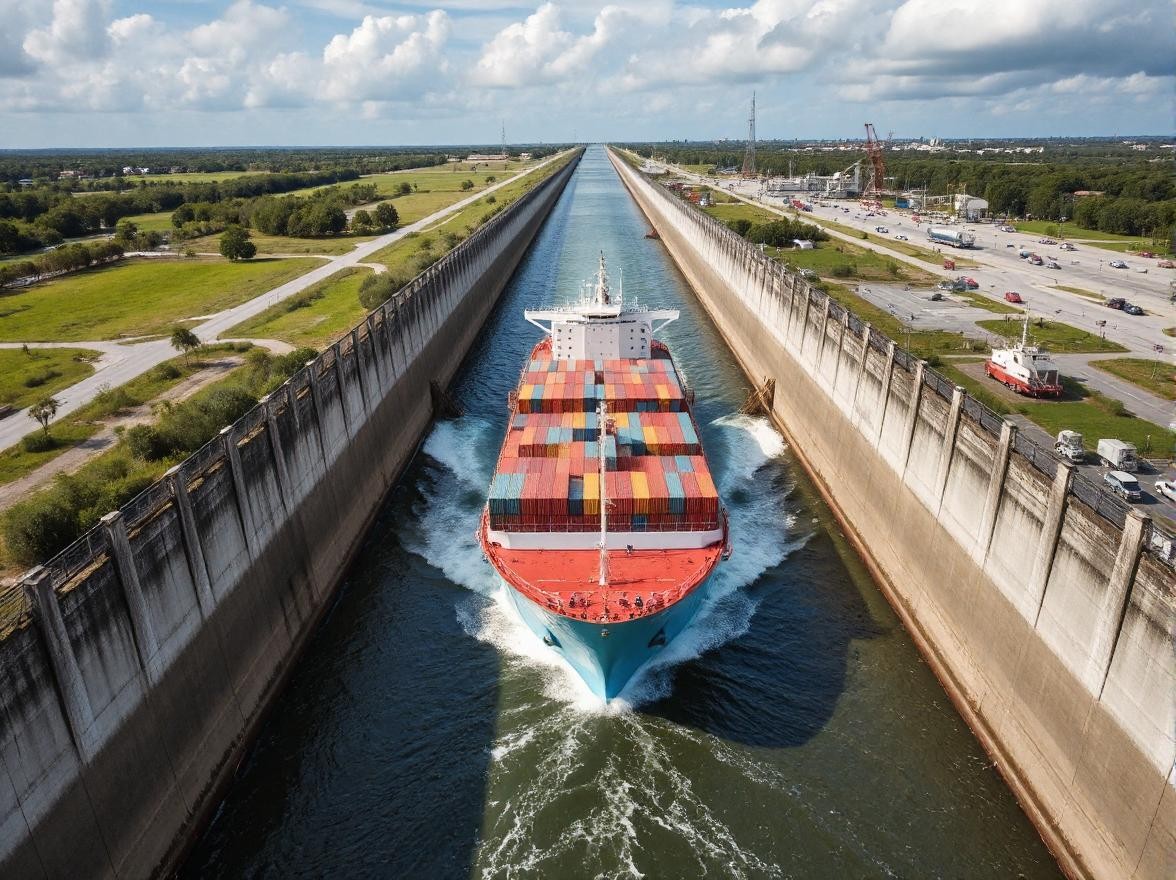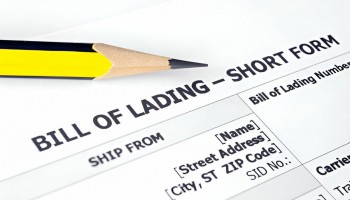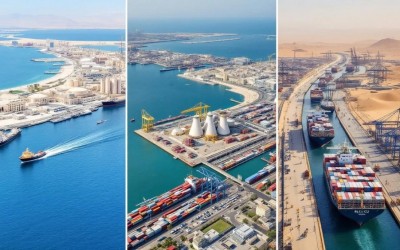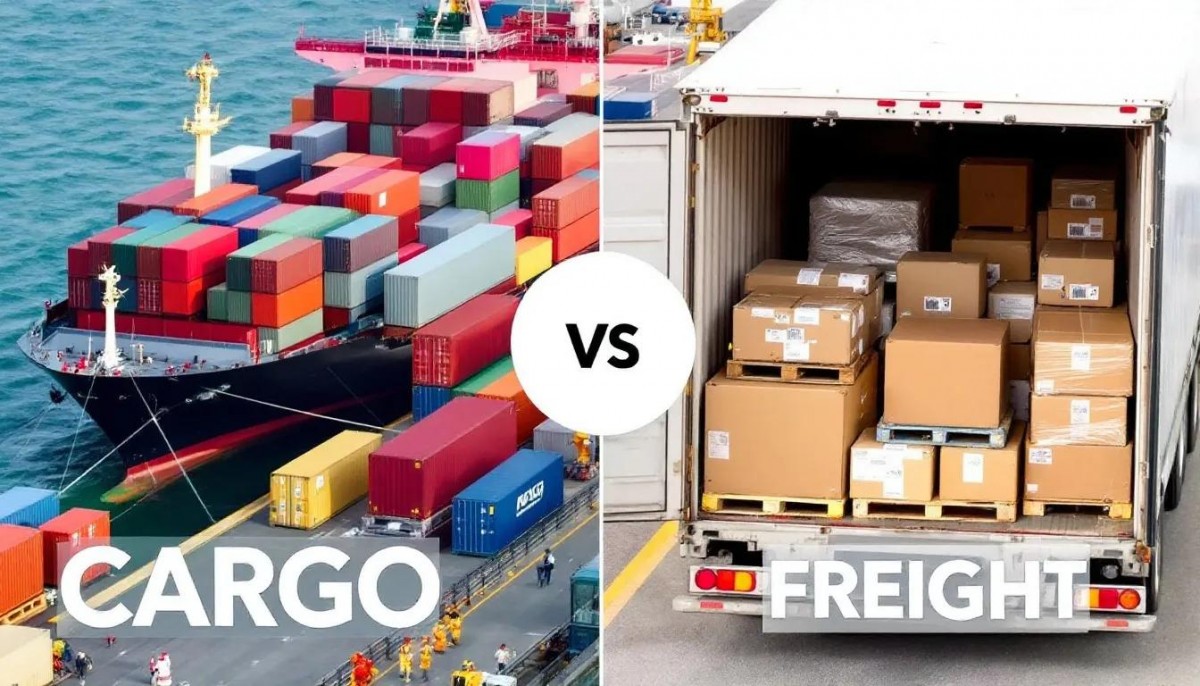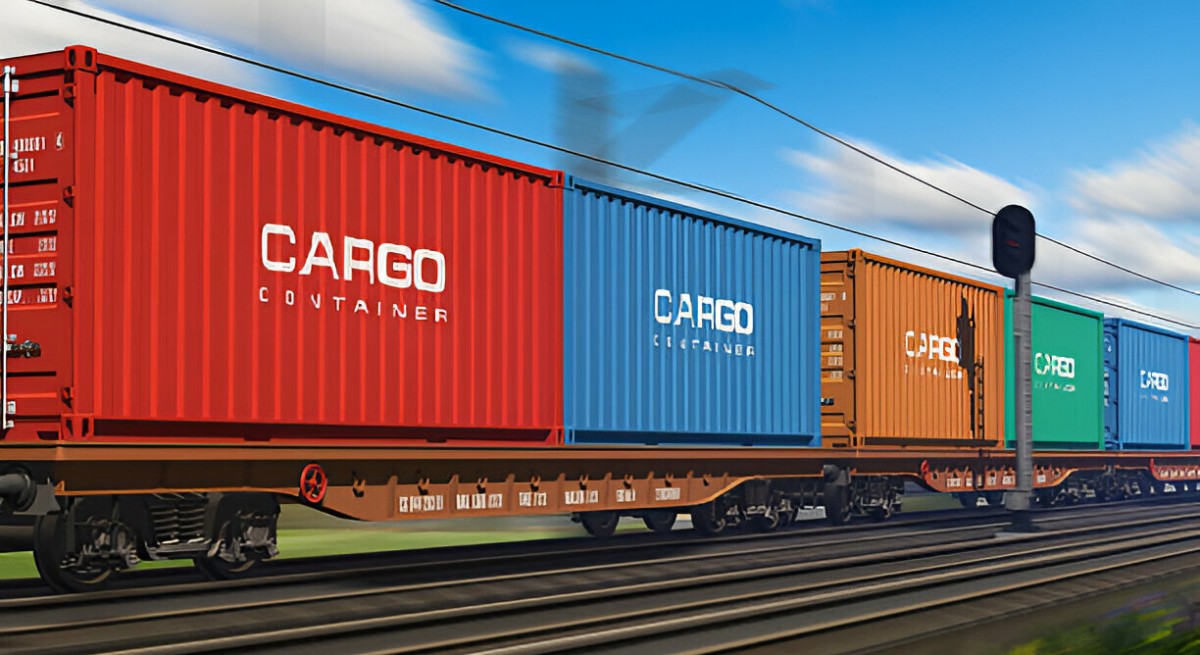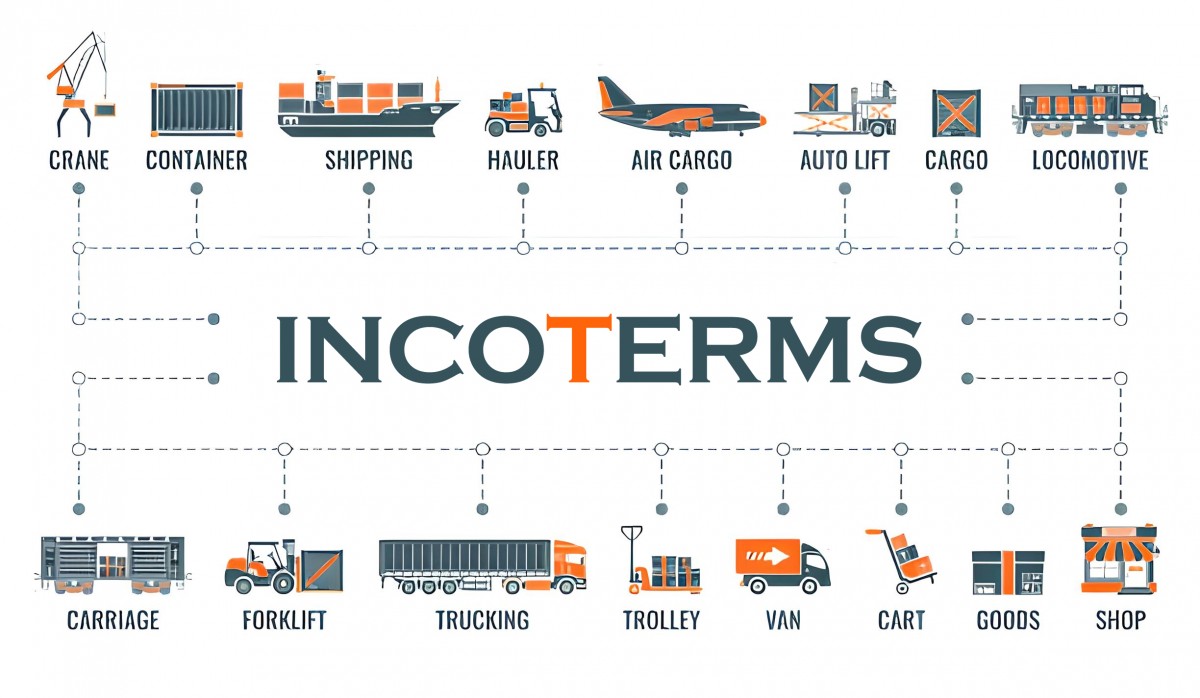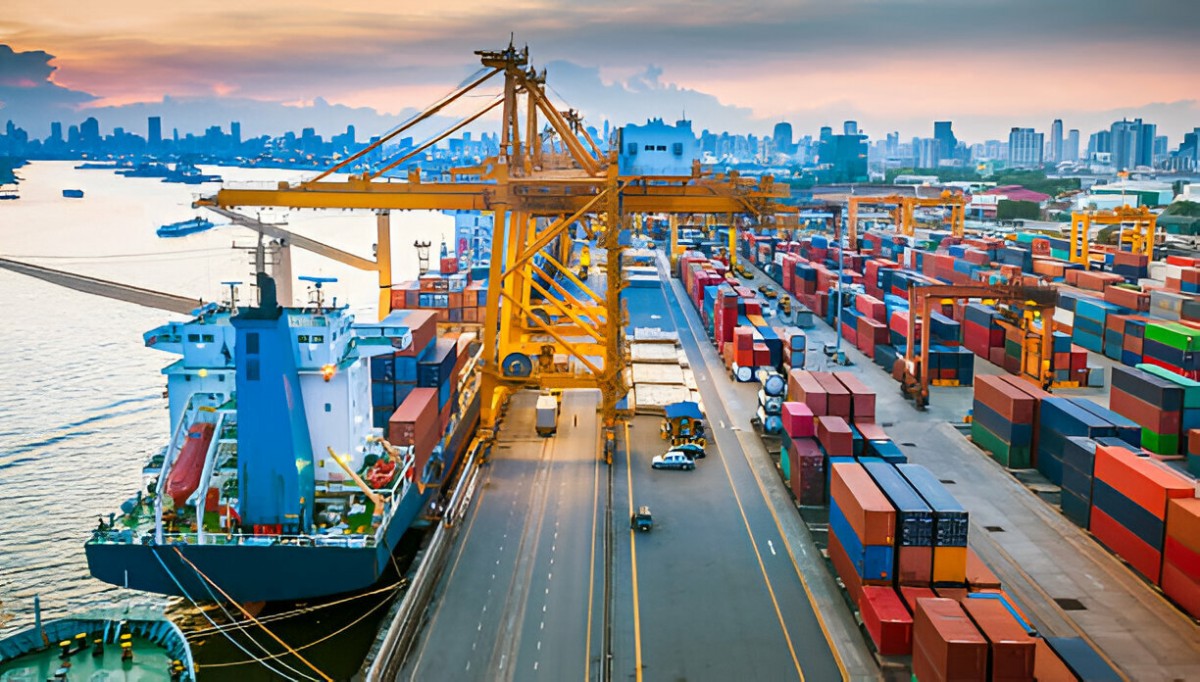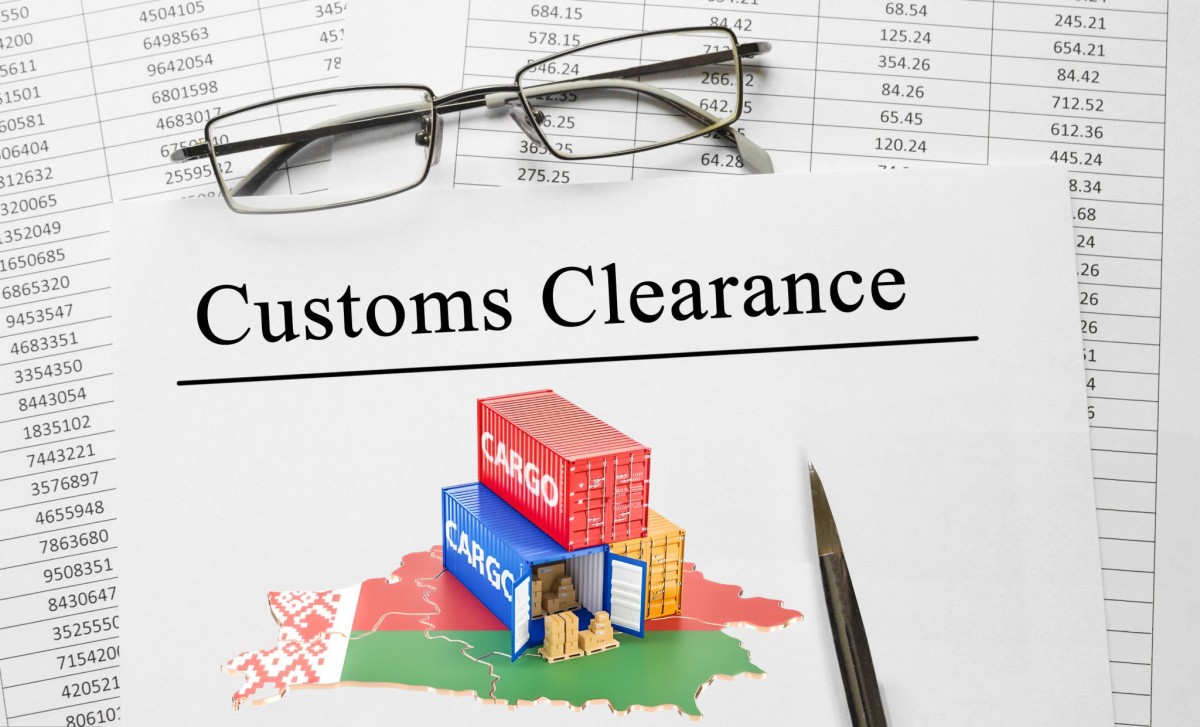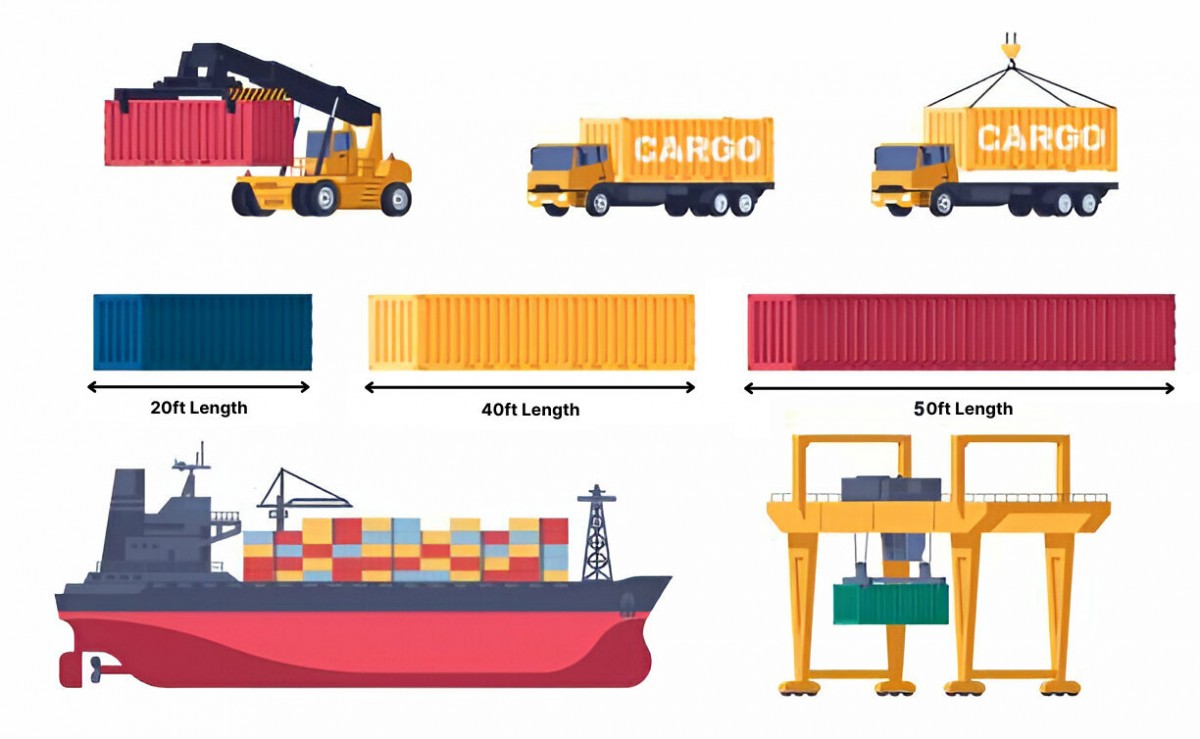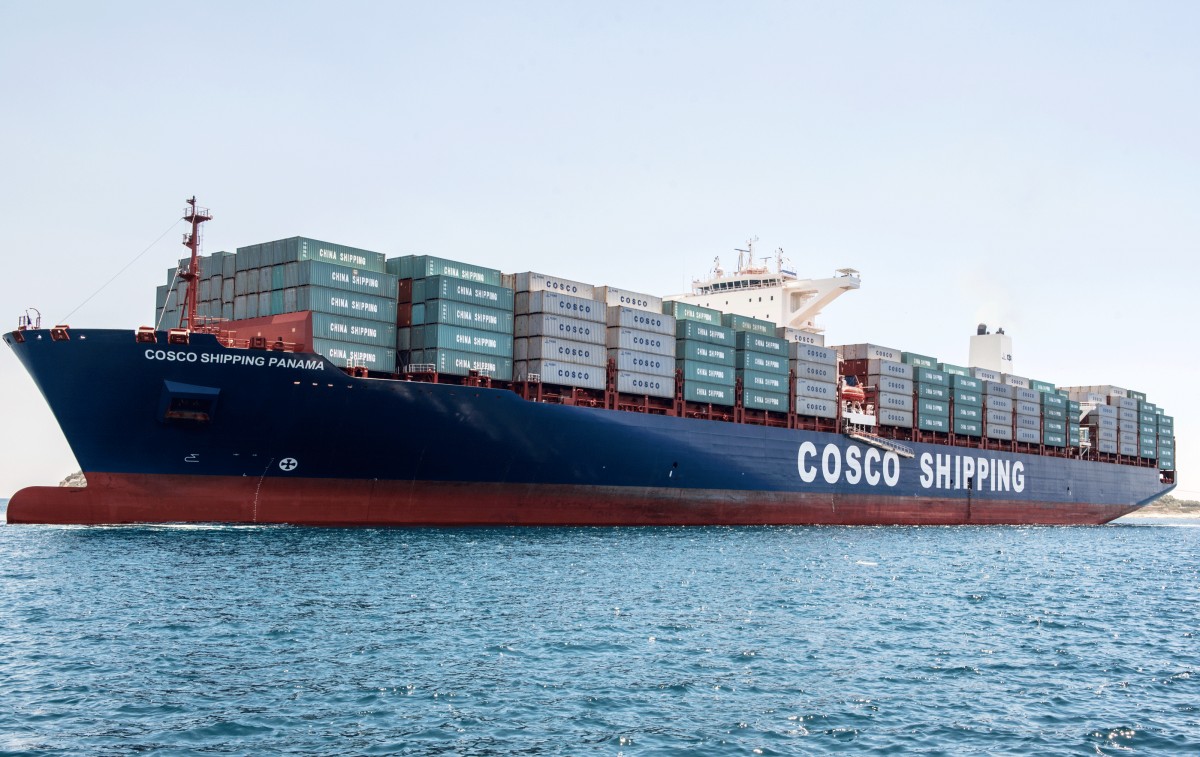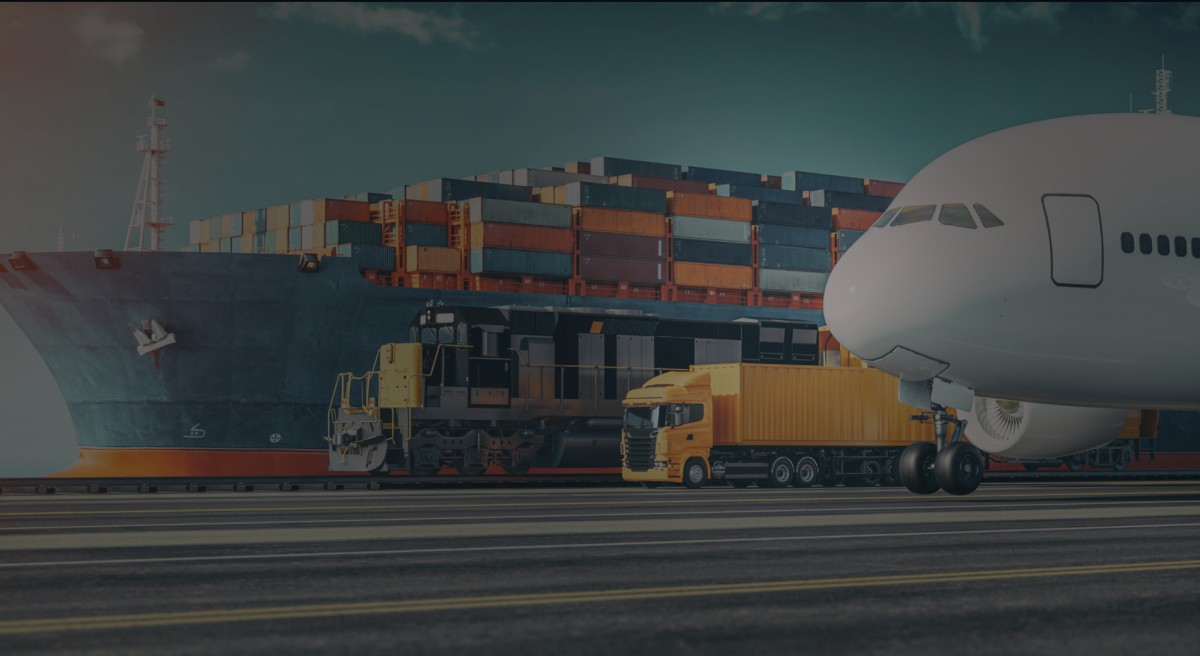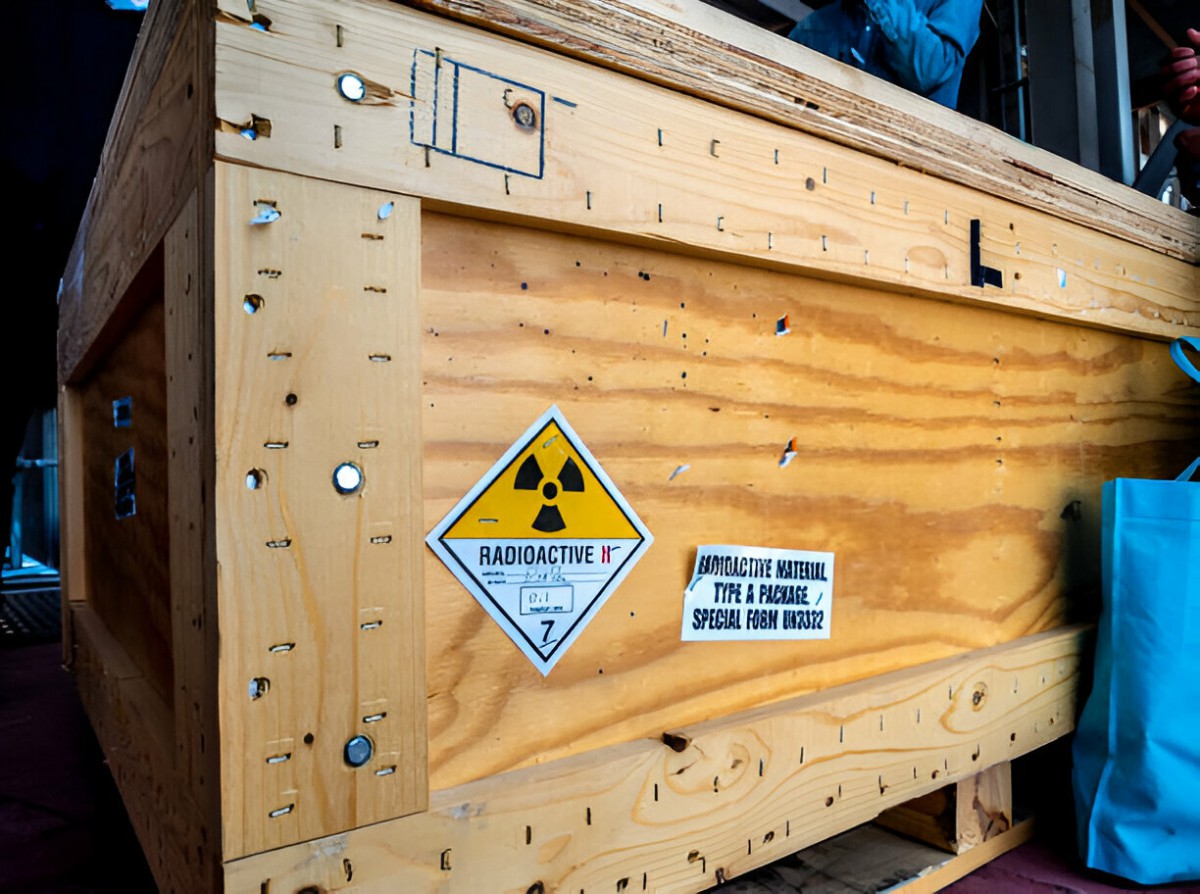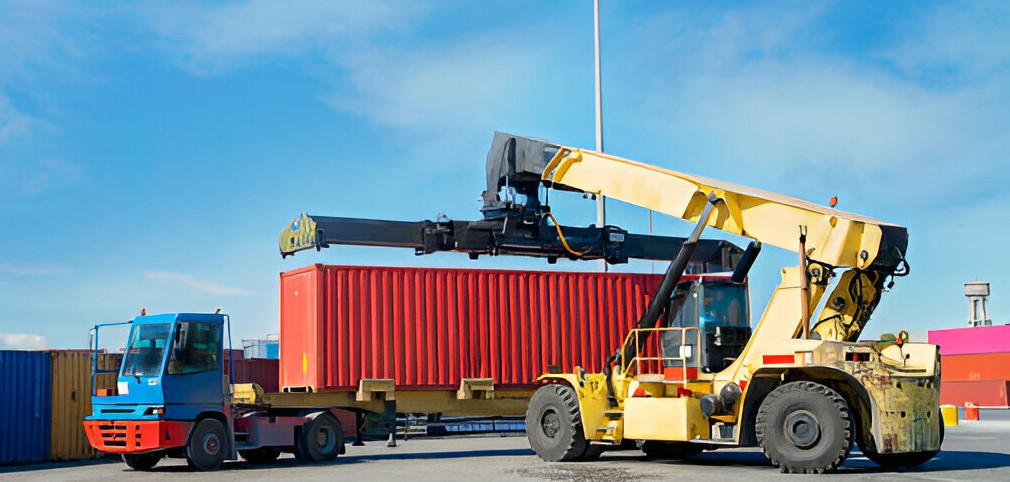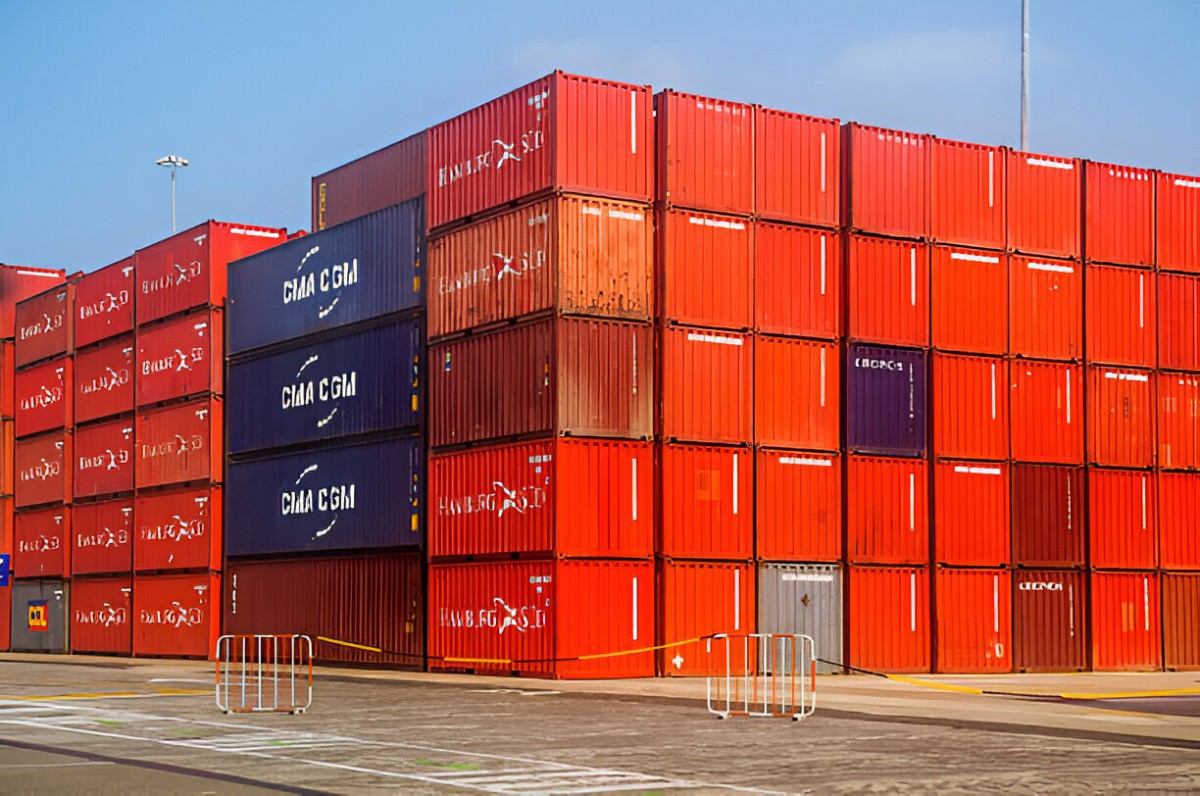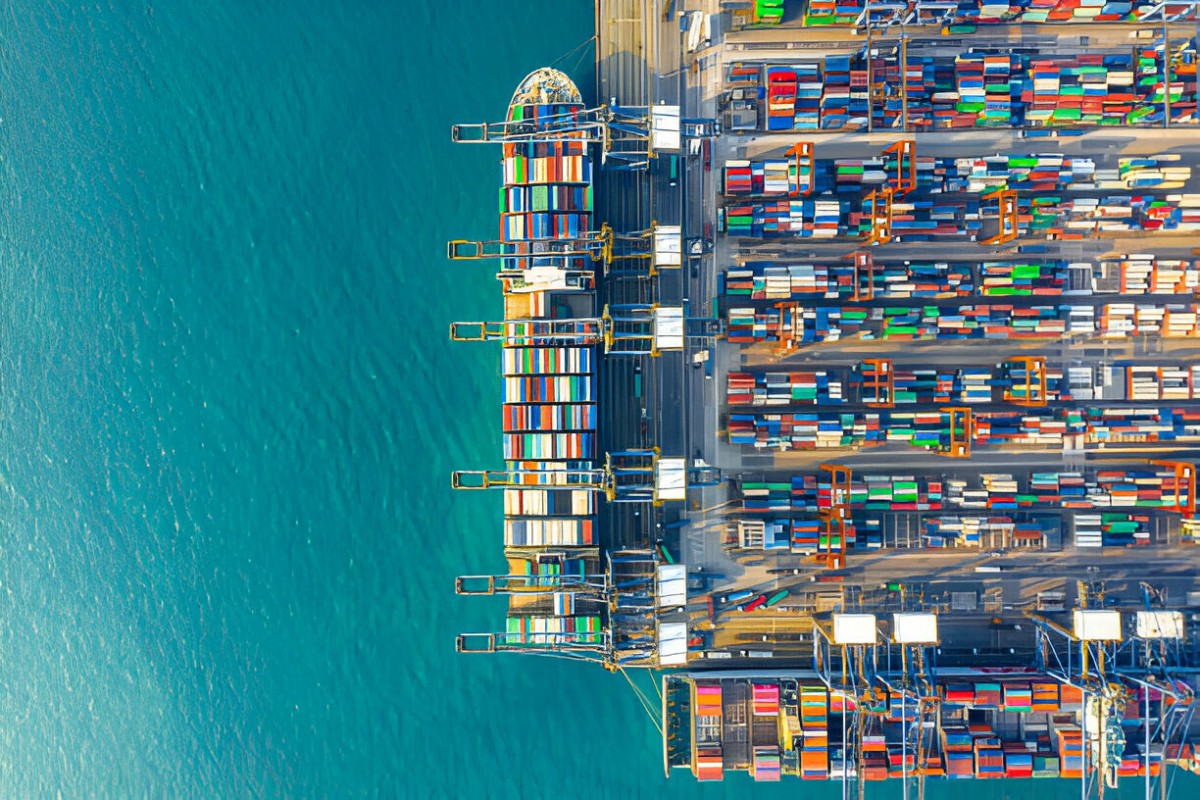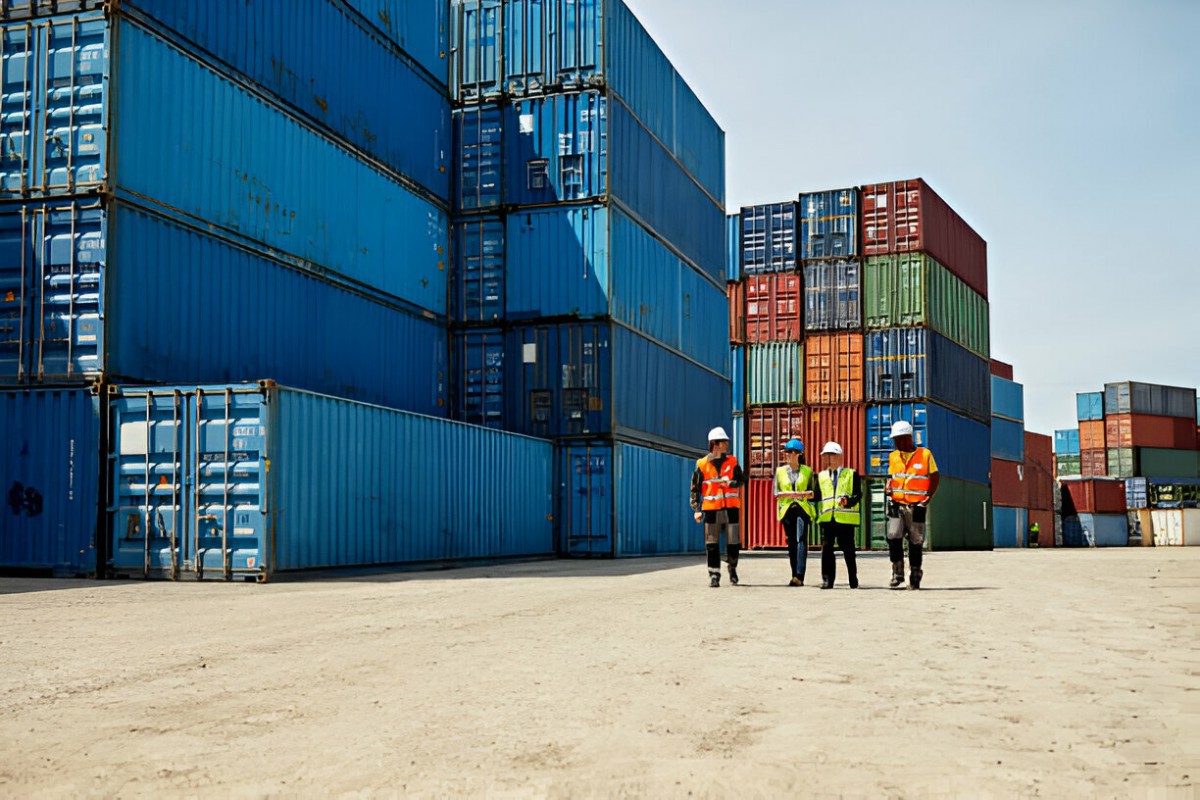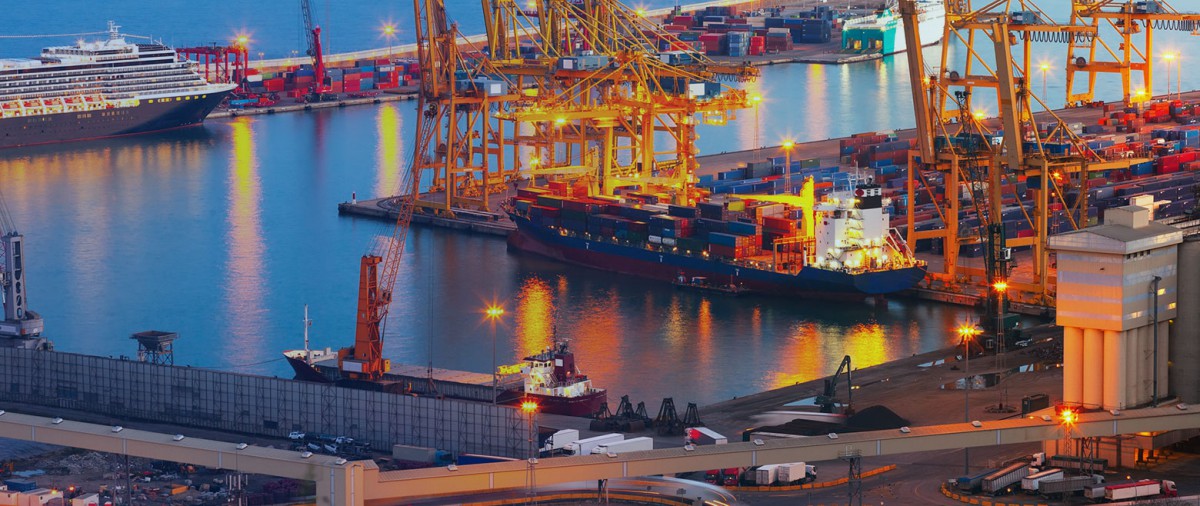The Panama Canal is an iconic waterway, engineered to connect the Atlantic and Pacific Oceans across Panama’s narrow Isthmus. Spanning about 40 miles, this canal cuts down a significant amount of travel time for ships navigating between the two oceans.
Panama Canal A Story of Engineering and Innovation
Owned and operated by Panama, the canal allows vessels from all nations equal access and charges standardized tolls for passage. Ships can cross in either direction, with each journey typically taking around 10 hours.
Why is the Panama Canal Important?
Before the canal existed, ships traveling between the east and west coasts of the Americas faced an arduous 8,000-mile journey around South America's Cape Horn. This route took roughly two months to complete. By providing a direct path between the Atlantic and Pacific, the Panama Canal reduces these journeys by thousands of miles, revolutionizing global trade and maritime efficiency.
How Was the Panama Canal Built?
Constructing the Panama Canal was a monumental feat. Engineers first built dams on the Chagres River, forming Gatun Lake and Lake Madden. They then excavated the Gaillard Cut—a channel that carved through the Continental Divide, connecting the two lakes. A complex system of locks was also built: one set lifts ships from the Atlantic side up to Gatun Lake, while another lowers vessels back down to sea level after they pass through the Gaillard Cut, reaching the Pacific Ocean.
Why Does the Panama Canal Use Locks?
Panama’s landscape is mountainous, and the tidal levels of the Atlantic and Pacific Oceans differ. The canal's lock system addresses these differences by raising ships to the lake’s elevation for the journey through the canal and then lowering them again to sea level. The locks are crucial for managing this elevation and enabling a smooth passage across the waterway.
Who Built the Panama Canal?
Initially, a French company led by Ferdinand de Lesseps attempted to construct the canal in 1881 but failed by 1889 due to financial and logistical challenges. In 1904, under President Theodore Roosevelt, the United States took over the project through the Hay–Bunau-Varilla Treaty, securing rights to the Canal Zone. The canal was completed in 1914, with tens of thousands of workers, primarily from the Caribbean islands like Barbados, Martinique, and Guadeloupe, contributing to its completion.
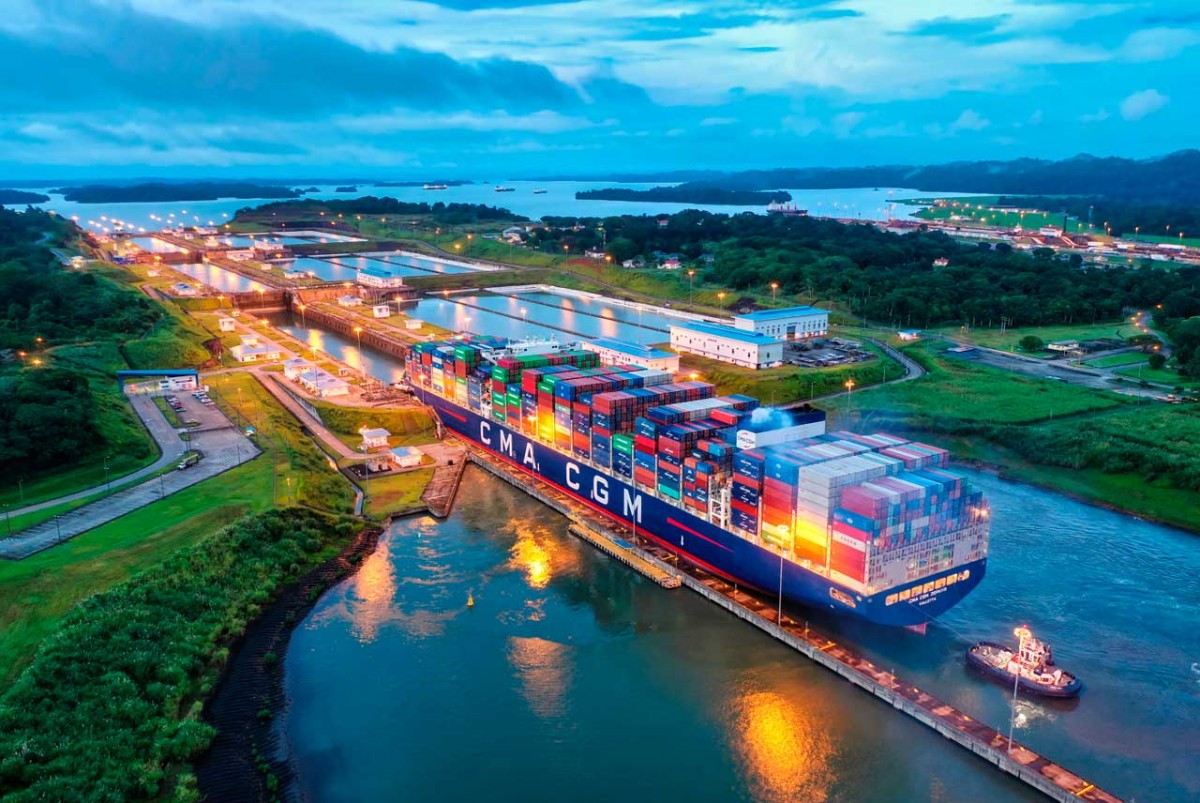
The story of the Panama Canal begins with a vision that spanned centuries. While the concept of linking the Atlantic and Pacific Oceans dates back to the 1500s, the modern effort began in earnest in the 1880s when a French team, led by Suez Canal pioneer Count Ferdinand de Lesseps, embarked on the ambitious project. Unfortunately, relentless rains, frequent landslides, and tropical diseases made the project insurmountable, and the team abandoned the effort after eight years.
In 1904, the United States took up the mantle, planning a canal across a narrow 50-mile strip of land in Panama. Under the guidance of chief engineer John Stevens, the project saw significant advancements. Stevens, a railroad specialist, introduced effective excavation techniques and, crucially, redesigned the canal as a lock system rather than a sea-level canal to better suit the terrain. His successor, Lt. Col. George Washington Goethals, directed excavation through the mountainous terrain and spearheaded construction of the canal's locks and dams. Opened in 1914, the Panama Canal remained under U.S. control until 1999, when it was officially transferred to Panama.
The idea of connecting the oceans was fueled by Vasco Nuñez de Balboa’s discovery of Panama’s narrow isthmus in the 1500s, which offered a tantalizing shortcut between Europe and Asia. Yet the mountainous, dense jungles of the region made it an impossible dream for centuries. The only viable alternatives were either sailing around the stormy Strait of Magellan or using the Panama Railroad, a slow and costly option.
By the late 19th century, advances in engineering had encouraged France to attempt construction. However, the French encountered harsh tropical conditions, devastating landslides, and rampant disease. Recognizing the impossibility of a sea-level canal, they attempted to shift toward a lock system but were forced to abandon the project in 1888 due to financial collapse.
President Theodore Roosevelt, determined to make the canal a reality, purchased the French assets in 1902 for $40 million. Political maneuvering quickly followed when the United States backed Panama’s independence from Colombia, paving the way for the 1903 Hay-Bunau-Varilla Treaty. This agreement granted the U.S. exclusive rights to the Canal Zone in exchange for a $10 million payment and an annual annuity, though many Panamanians saw it as a blow to their sovereignty.
Construction began in earnest in 1904, with chief engineer John Wallace initially at the helm. However, outdated equipment and frequent outbreaks of yellow fever and malaria impeded progress. Wallace resigned a year later, passing the torch to John Stevens, who transformed the project. Not only did he bring in laborers from the Caribbean, but he also introduced innovative techniques like using swinging booms for efficient track adjustments. His advocacy for a lock system over a sea-level canal proved crucial to overcoming Panama’s rugged terrain.
One of the most significant hurdles was combating yellow fever and malaria, which were widespread and often fatal. Enter Dr. William Gorgas, who believed that mosquitoes were the disease carriers. Through rigorous sanitation efforts, including fumigating buildings and eliminating standing water, Gorgas’s team eradicated yellow fever from the area by 1905, and malaria cases dropped sharply in the following years.
After Stevens unexpectedly resigned, Roosevelt appointed Lt. Col. George Washington Goethals as the new chief engineer. Goethals accelerated the pace, overseeing the excavation of the formidable Culebra Cut, where thousands of workers toiled to clear a path through the mountains. Despite numerous casualties from landslides and explosions, the construction marched forward.
In 1909, the massive locks began taking shape. Built with chambers measuring 110 feet wide and 1,000 feet long, the lock gates operated through a sophisticated, gravity-powered system that raised and lowered water levels. Upon completion, the locks lifted ships 85 feet above sea level, navigating them through the man-made Gatún Lake in the canal’s center.
By 1913, the Panama Canal was nearly ready. President Woodrow Wilson triggered the final explosion to clear the last dry passage at Culebra Cut from his desk at the White House, marking the canal’s completion. Although World War I tempered the opening celebrations, the Panama Canal officially launched on August 15, 1914. Costing over $350 million, it was the most expensive construction project in U.S. history at that time.
The Panama Canal quickly became a cornerstone of global trade. In 1935, the Madden Dam was added to manage water flow, further increasing its utility. In 1977, a treaty was signed by U.S. President Jimmy Carter and Panama’s leader Omar Torrijos, formalizing the eventual transfer of the canal to Panama, completed on December 31, 1999.
Recognized as one of the seven wonders of the modern world, the canal remains essential for global shipping, with the United States accounting for 66% of its cargo traffic as of 2019. Today, the Panama Canal stands as a testament to human ingenuity and persistence, linking the world’s oceans and facilitating global commerce on an unprecedented scale.
The Panama Canal plays a crucial role in freight forwarding, cargo, and logistics, providing an essential shortcut that enhances efficiency and reduces costs for global trade. It benefits countries worldwide, especially those in the Americas, Asia, and Europe, by streamlining shipping routes and fostering economic growth.

